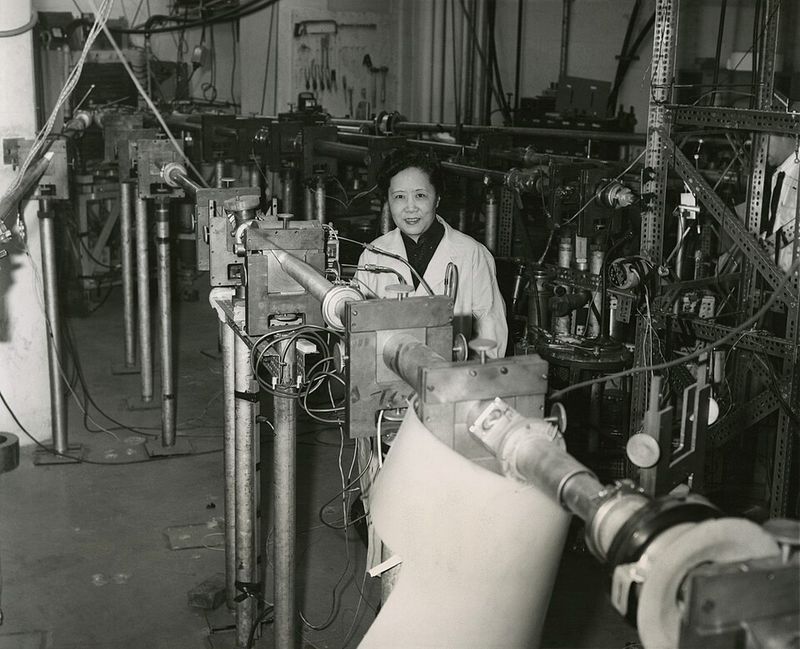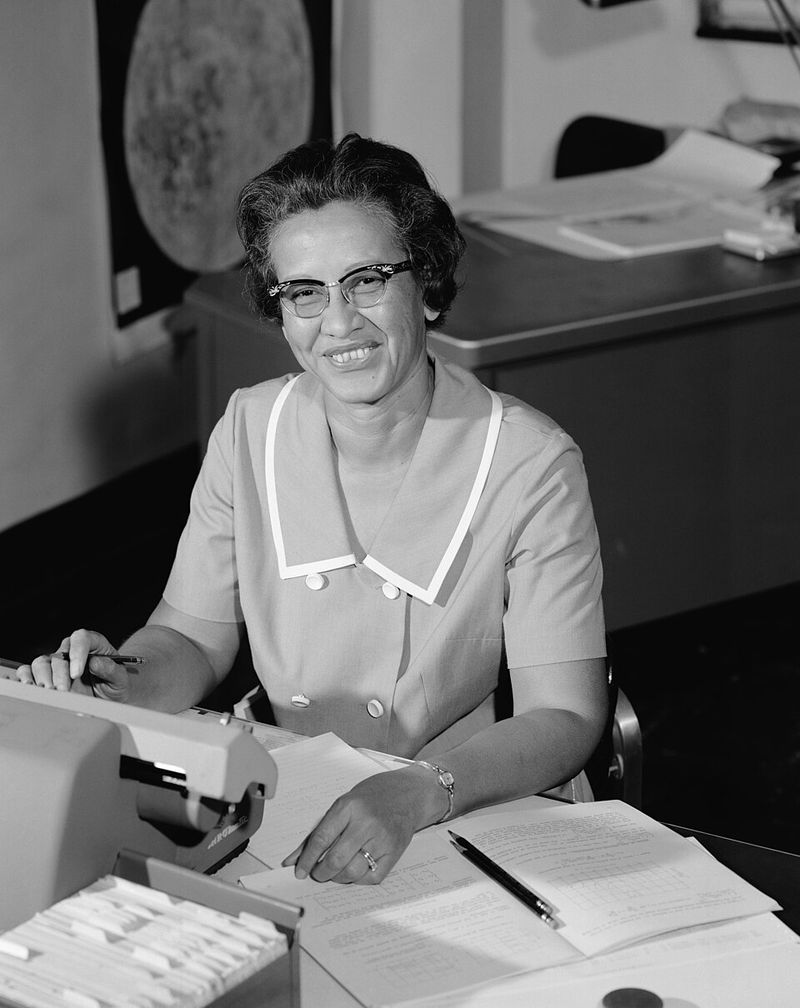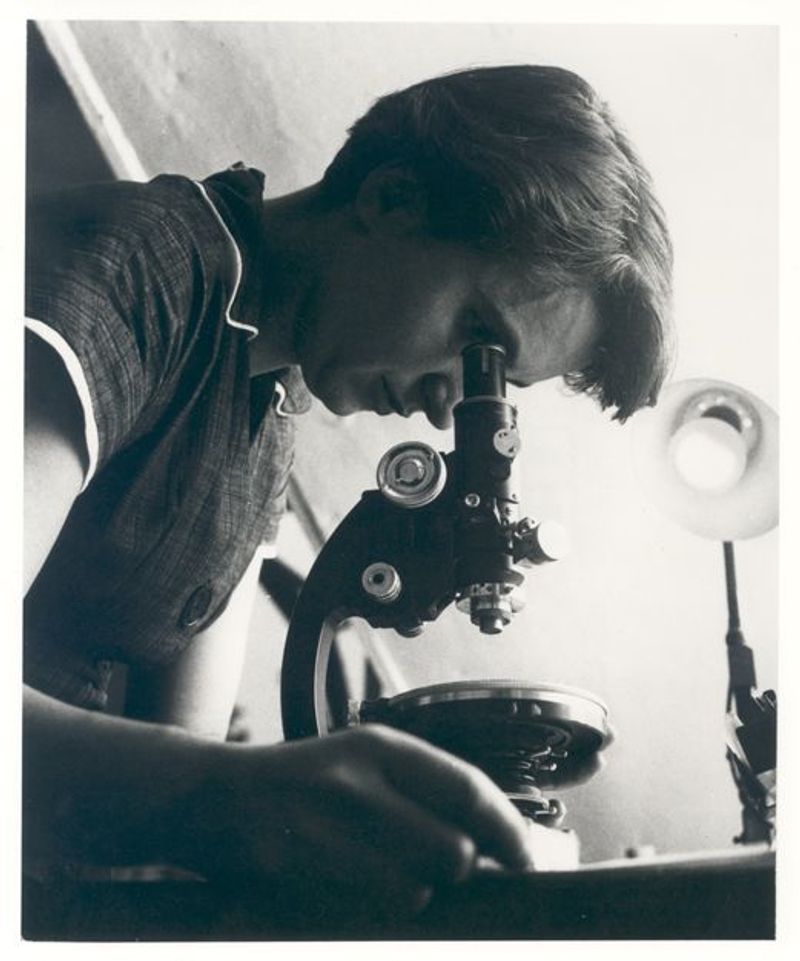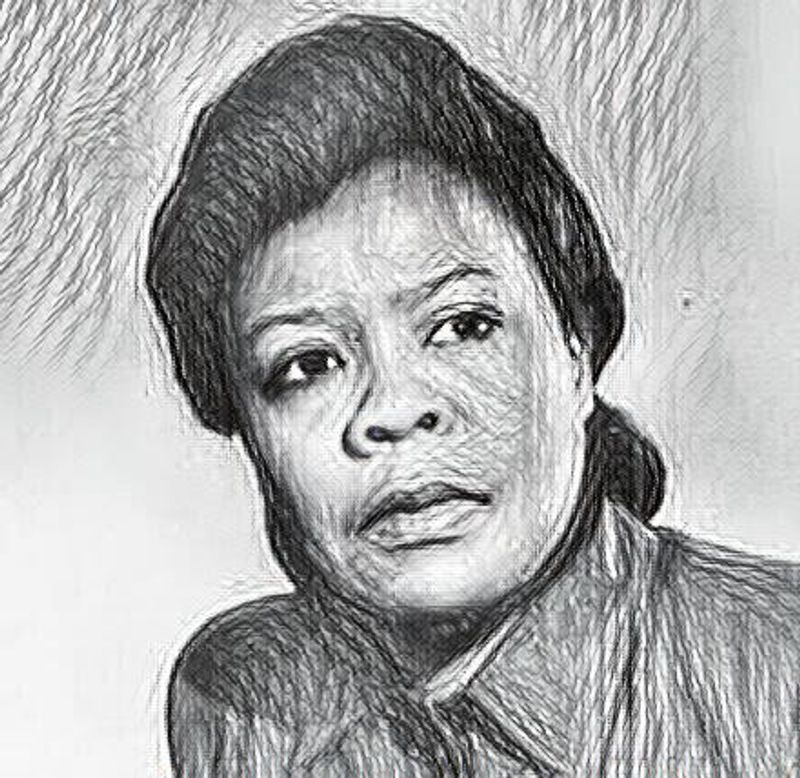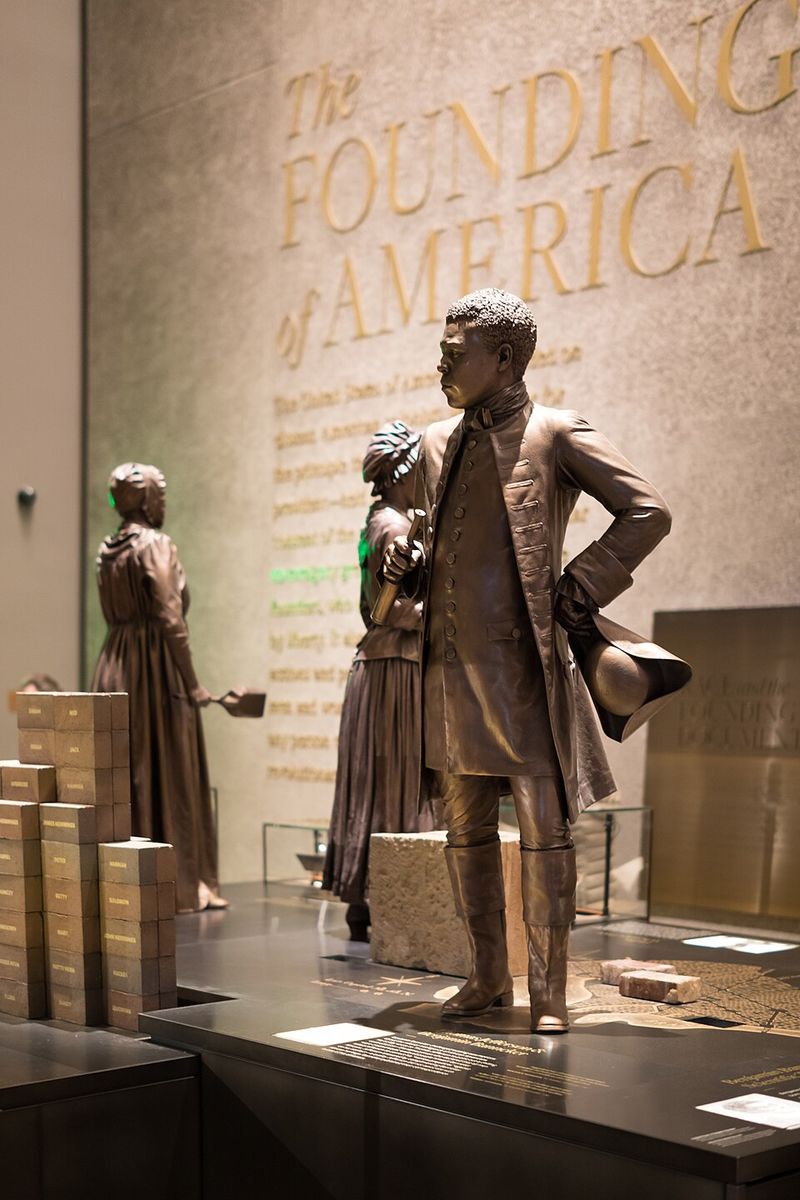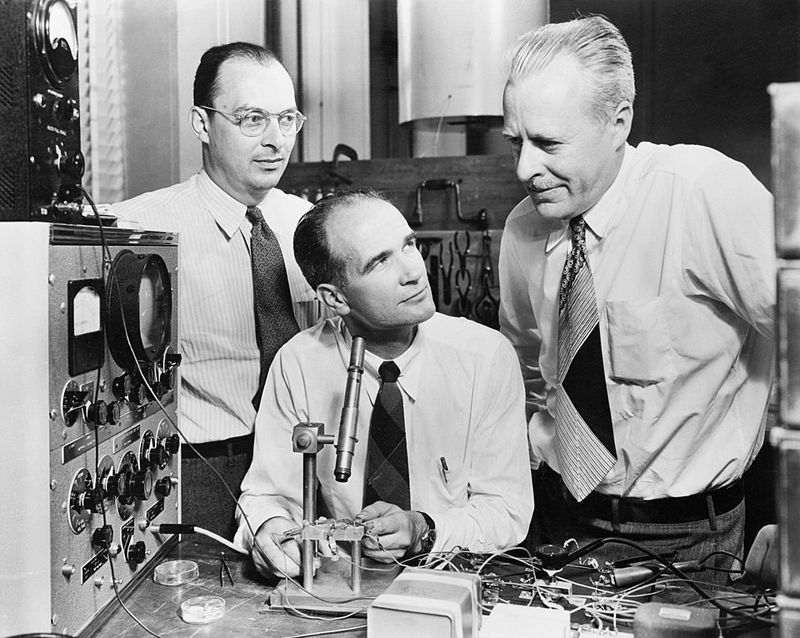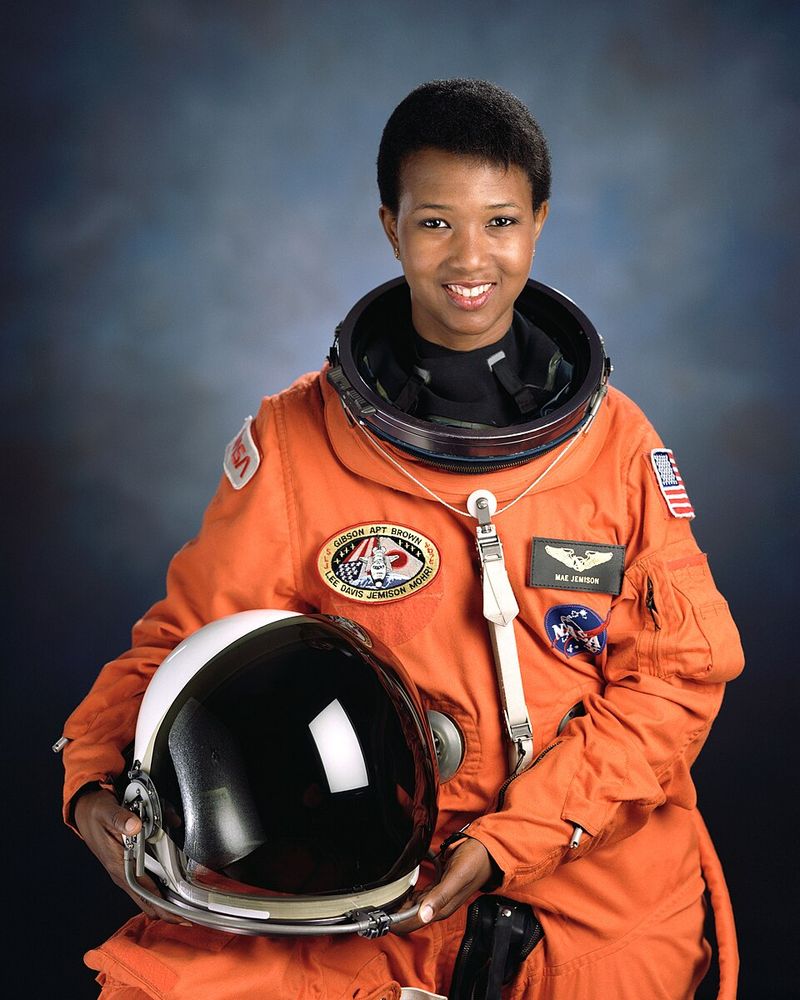America’s history is filled with brilliant minds who changed the world, yet many of their names remain unknown. While we celebrate famous inventors and scientists, countless others worked just as hard and made equally important discoveries that shape our lives today. These hidden heroes broke barriers, solved impossible problems, and paved the way for modern technology and medicine, often without receiving the recognition they deserved.
1. Chien-Shiung Wu – Physicist
Called the First Lady of Physics, Chien-Shiung Wu changed how scientists understand the universe. Born in China, she moved to America and became one of the most respected physicists of her time.
Her most famous work, the Wu Experiment, proved that nature doesn’t always work the same way in mirror images. This discovery shook the scientific world and earned her colleagues a Nobel Prize, though she was unfairly left out.
Despite facing discrimination as both a woman and an immigrant, Wu never stopped pushing boundaries. She worked on the Manhattan Project during World War II and mentored countless young scientists throughout her career.
2. Percy Julian – Chemist
Imagine suffering from painful arthritis and suddenly finding relief thanks to a medicine made from plants. Percy Julian made this possible by figuring out how to create cortisone and other important drugs from soybeans.
Growing up in the segregated South, Julian faced enormous obstacles but earned his doctorate and became a chemistry genius. His discoveries made life-saving medications affordable for millions of people who couldn’t pay for expensive treatments before.
Julian held over 130 patents and started his own successful chemical company. His work revolutionized medicine and proved that talent and determination can overcome even the toughest barriers.
3. Katherine Johnson – Mathematician
Before computers did all the math, NASA relied on human calculators like Katherine Johnson. Her incredible brain could solve complex equations that determined whether astronauts would safely reach space and return home.
Johnson calculated the flight paths for the first American in space and the Apollo 11 moon landing. Astronaut John Glenn specifically requested that she double-check the computer’s numbers before his historic orbit around Earth because he trusted her that much.
For decades, few people knew her name despite her crucial contributions. Her story finally gained recognition later in life, inspiring countless students to pursue careers in mathematics and space exploration.
4. Granville T. Woods – Inventor
Granville Woods earned the nickname Black Edison by inventing over 50 devices that changed transportation and communication forever. His brilliant mind found solutions to problems that stumped other engineers of his time.
Woods invented a telegraph system that let moving trains communicate with stations, preventing countless accidents. He also improved electric railway systems, making streetcars and subways safer and more efficient in cities across America.
Despite his genius, Woods constantly battled patent thieves and racial discrimination. Thomas Edison himself tried to steal some of Woods’s ideas but lost in court, proving that talent speaks louder than prejudice.
5. Mary Anning – Paleontologist
Walking along the English coast as a child, Mary Anning discovered fossils that changed science forever. She found the first complete ichthyosaur skeleton when she was just twelve years old, sparking worldwide fascination.
Her discoveries of ancient marine reptiles helped scientists understand that creatures could go extinct, a revolutionary idea at the time. American paleontologists studied her findings and used them to search for similar fossils across the United States.
Because she was a woman from a poor family, wealthy male scientists often took credit for her work. Today, experts recognize her as one of the greatest fossil hunters who ever lived.
6. Norbert Rillieux – Engineer
Sugar production used to be dangerous, backbreaking work until Norbert Rillieux invented a machine that changed everything. His multiple-effect evaporator made refining sugar faster, safer, and much more efficient.
Born in New Orleans to a wealthy French father and enslaved mother, Rillieux studied engineering in France where he could escape American racism. His invention saved countless workers from burns and injuries while making sugar affordable for ordinary families.
His evaporation technology didn’t just transform the sugar industry. Engineers adapted his principles for soap making, glue production, and even recycling wastewater, proving that one great idea can spark many more innovations.
7. Rosalind Franklin – Chemist/Crystallographer
A single photograph changed biology forever, and Rosalind Franklin took it. Using X-ray crystallography, she captured Photo 51, the image that revealed DNA’s twisted ladder structure.
Franklin’s brilliant work provided the key evidence that helped scientists understand how genetic information passes from parents to children. Unfortunately, male colleagues showed her research to competitors without permission, who then used it to build their famous DNA model.
She died young from cancer, possibly caused by radiation exposure from her experiments. The men who used her work won the Nobel Prize, but Franklin received no credit until years after her death.
8. Marie Van Brittan Brown – Inventor
Feeling unsafe in her New York neighborhood, Marie Van Brittan Brown decided to invent a solution. Working with her husband, she created the first home security system in 1966, complete with cameras, monitors, and two-way communication.
Her invention let homeowners see and talk to visitors without opening the door, and even included a remote lock system. Police response times were slow in her area, so she designed a panic button that could alert authorities instantly.
Every doorbell camera and security system you see today traces back to Brown’s original idea. Her patent laid the foundation for an industry now worth billions of dollars protecting homes worldwide.
9. George Washington Carver – Agricultural Scientist
Born into slavery, George Washington Carver became one of America’s most influential scientists. He taught Southern farmers how to save their dying soil by rotating crops instead of planting only cotton year after year.
Carver discovered over 300 uses for peanuts, from cooking oil to printer ink, and more than 100 uses for sweet potatoes. His innovations helped poor farmers earn money from diverse crops while restoring nutrients to exhausted farmland.
Despite receiving offers from wealthy companies like Thomas Edison’s laboratory, Carver chose to stay at Tuskegee Institute. He dedicated his life to helping struggling farmers improve their lives through science.
10. Stephanie Kwolek – Chemist
Sometimes accidents lead to amazing discoveries. Stephanie Kwolek was experimenting with polymers when she created a cloudy liquid that other scientists would have thrown away, but something told her to test it anyway.
That strange liquid became Kevlar, a material five times stronger than steel but incredibly lightweight. Police officers, soldiers, and firefighters now wear Kevlar vests that have saved thousands of lives since Kwolek’s invention.
Kevlar also strengthens everything from airplane parts to smartphone cables. Kwolek earned numerous awards for her discovery and inspired generations of women to pursue chemistry careers, proving that curiosity and persistence create world-changing innovations.
11. Benjamin Banneker – Mathematician & Astronomer
Born free in Maryland when most Black Americans lived in slavery, Benjamin Banneker taught himself astronomy and advanced mathematics using borrowed books. His mind was so sharp that he built a working wooden clock from scratch without ever seeing one before.
Banneker accurately predicted solar eclipses and published popular almanacs filled with his astronomical calculations. Thomas Jefferson recruited him to help survey and design the layout of Washington, D.C., making him part of creating the nation’s capital.
He also challenged Jefferson’s racist views by sending him a copy of his almanac as proof of Black intellectual capability. Banneker’s legacy reminds us that genius flourishes regardless of the obstacles society creates.
12. Hedy Lamarr – Inventor & Actress
Movie studios called her the most beautiful woman in the world, but Hedy Lamarr’s brain was even more impressive than her looks. Between filming Hollywood movies, she invented a frequency-hopping communication system to help Allied torpedoes avoid enemy jamming during World War II.
The Navy ignored her invention at first, dismissing her as just a pretty actress. Decades later, engineers realized her technology was brilliant and used it to develop Wi-Fi, Bluetooth, and GPS systems we depend on daily.
Lamarr never earned money from her invention but finally received recognition late in life. Her story proves that people contain unexpected talents, and we should never judge someone’s abilities by their appearance or profession.
13. John Bardeen – Physicist & Engineer
Your phone, computer, and basically every electronic device exists because of John Bardeen’s invention. He co-created the transistor, a tiny switch that replaced bulky vacuum tubes and made modern electronics possible.
Bardeen is the only person ever to win two Nobel Prizes in Physics, yet most people have never heard his name. His colleagues often got more attention, but Bardeen cared more about solving problems than seeking fame.
His second Nobel Prize came from explaining superconductivity, helping scientists understand how some materials conduct electricity without resistance. Quiet and humble, Bardeen proved that the greatest minds don’t always make the loudest noise about their achievements.
14. Lise Meitner – Physicist
When atoms split, they release enormous energy that powers nuclear plants and changed world history. Lise Meitner figured out the physics behind this process called nuclear fission, though a male colleague took most of the credit.
As a Jewish woman in Nazi-controlled Europe, Meitner escaped to Sweden where she continued her groundbreaking research. Her calculations explained how uranium atoms could split apart, directly influencing American nuclear research during World War II.
Her former lab partner Otto Hahn won the Nobel Prize for discovering fission, but conveniently forgot to mention Meitner’s crucial contributions. Scientists today recognize her as one of physics’ most important yet overlooked pioneers.
15. Ada Lovelace – Mathematician
Over 100 years before modern computers existed, Ada Lovelace imagined their potential. She wrote the world’s first computer algorithm for Charles Babbage’s Analytical Engine, a mechanical calculator that was never fully built during her lifetime.
Lovelace understood that computers could do more than just math. She predicted they might create music, art, and solve complex problems, envisioning the digital world we live in today.
Her notes inspired American computing pioneers who built the first electronic computers in the 1940s. Every programmer writing code today follows in the footsteps of this visionary mathematician who saw the future when others couldn’t.
16. Daniel Hale Williams – Surgeon
Hearts were considered too dangerous to operate on until Dr. Daniel Hale Williams proved otherwise. In 1893, he performed one of the first successful open-heart surgeries, saving a man stabbed in the chest when most doctors would have given up.
Williams founded Provident Hospital in Chicago, creating a place where Black patients could receive quality care and Black doctors could train and work. Racism kept talented medical professionals out of white hospitals, so Williams built his own.
He trained hundreds of doctors and nurses throughout his career, improving healthcare for communities ignored by the medical establishment. Williams showed that skill and compassion matter more than skin color in saving lives.
17. Mae Jemison – Engineer & Astronaut
On September 12, 1992, Mae Jemison blasted into space aboard the Space Shuttle Endeavour, becoming the first African-American woman to travel beyond Earth’s atmosphere. Her journey inspired millions of young people who finally saw someone who looked like them reaching for the stars.
Before becoming an astronaut, Jemison earned degrees in chemical engineering and medicine, then served as a Peace Corps doctor in Africa. She brought this diverse experience to NASA, conducting experiments on bone cells and motion sickness during her spaceflight.
After leaving NASA, Jemison founded companies and programs encouraging students, especially girls and minorities, to pursue science careers. She proves that with education, determination, and courage, anyone can achieve dreams that seem impossible.

